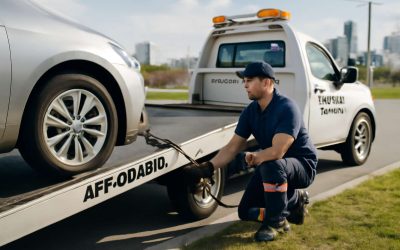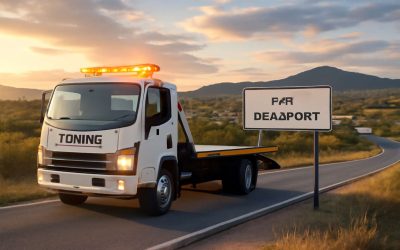
A towing truck does an incredible job of bringing stranded vehicles back home. It’s a hard and dangerous job. The Centers for Disease Control says tow-truck drivers have a 15 times higher risk of death than other private industry workers such as welding and construction. Many state laws require drivers to slow down and move over when they see a tow truck on the side of the road, but that doesn’t always happen. Some drivers are in a hurry, distracted by their phone or just don’t see the trucks.
A professional tow truck driver has patience and empathy. The people who call for help are often frustrated, in a time crunch or emotionally upset. Their vehicle might be disabled because of engine trouble, a flat tire or another mechanical problem. It’s the tow truck driver’s job to calm them down and explain what to expect from the towing process.
The first step is to determine a car’s weight. Fortunately, towing companies are equipped with a tow truck scale. The tow truck scale can give the towing company a precise number, which will enable them to find out what kind of truck is needed for the job.
It’s also important for tow truck drivers to know what kind of towing truck they have at their disposal and the capabilities of each one. Most pickup trucks don’t list the maximum towing capacity in a visible location, and most drivers must rely on a towing chart in their owner’s manual or ask a salesperson about this information. The charts typically provide a vehicle’s gross vehicle weight rating, or GVWR, which is the maximum amount of cargo it can carry on its trailer.
There are four main types of towing trucks, each with its own unique advantages and disadvantages. Bracket towing trucks resemble hook and chain towing vehicles in that they use metal brackets to secure cars to their haulers. Integrated tow trucks, which feature a boom and wheel lift in the same truck, are more versatile and allow for faster loading and unloading. The hydraulic arm on boom tow trucks makes them ideal for recovery or repossession jobs.
Lastly, the wheel lift tow truck uses a pneumatic hoist or hydraulic lift to move a vehicle into place. These tow trucks aren’t suitable for four-wheel or all-wheel drive vehicles because they may damage their drives.
All of these tow trucks have their own pros and cons, but it’s important for tow truck drivers to know what they have at their disposal and the capabilities of different towing truck types. By doing this, they can make sure the right towing truck is matched up with each customer’s needs. And that means a more efficient towing process and fewer mishaps for both the tow truck driver and the stranded motorist.



0 Comments